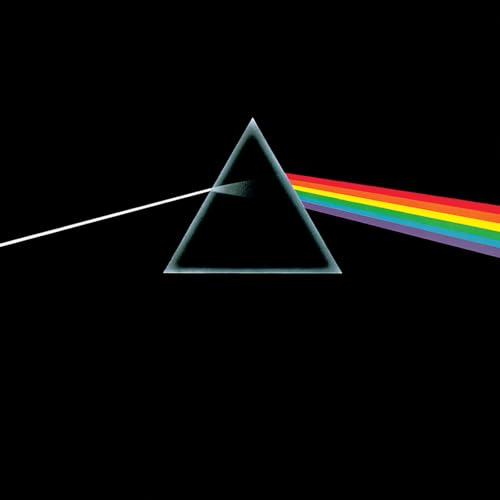Time
Time is the continuous progression of existence that occurs in an apparently irreversible succession from the past, through the present, and into the future. Time dictates all forms of action, age, and causality, being a component quantity of various measurements used to sequence events, to compare the duration of events (or the intervals between them), and to quantify rates of change of quantities in material reality or in the conscious experience. Time is often referred to as a fourth dimension, along with three spatial dimensions. Time is primarily measured in linear spans or periods, ordered from shortest to longest. Practical, human-scale measurements of time are performed using clocks and calendars, reflecting a 24-hour day collected into a 365-day year linked to the astronomical motion of the Earth. Scientific measurements of time instead vary from Planck time at the shortest to billions of years at the longest. Measurable time is believed to have effectively begun with the Big Bang 13.8 billion years ago, encompassed by the chronology of the universe. Modern physics understands time to be inextricable from space within the concept of spacetime described by general relativity. Time can therefore be dilated by velocity and matter to pass faster or slower for an external observer, though this is considered negligible outside of extreme conditions, namely relativistic speeds or the gravitational pulls of black holes. Throughout history, time has been an important subject of study in religion, philosophy, and science. Temporal measurement has occupied scientists and technologists, and has been a prime motivation in navigation and astronomy. Time is also of significant social importance, having economic value ("time is money") as well as personal value, due to an awareness of the limited time in each day ("carpe diem") and in human life spans.
This article uses material from the Wikipedia article "Time", which is released under the Creative Commons Attribution-Share-Alike License 3.0.
References
| Title | Summary | |
|---|---|---|
| The Story Behind the Photo of Anne Murray and the Hollywood Vampires | ... Alice Cooper's manager at the time. What I was ... | |
| White Rabbit (Harry Nilsson Obituary) | ... below are from the New York Times article, "Harry ... | |












